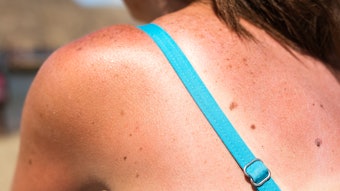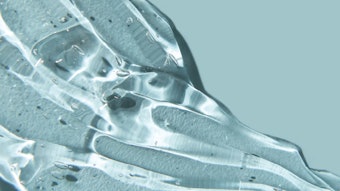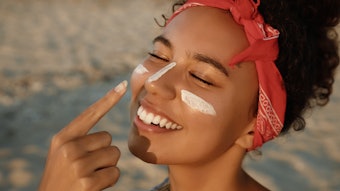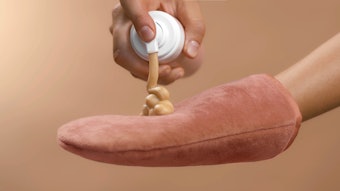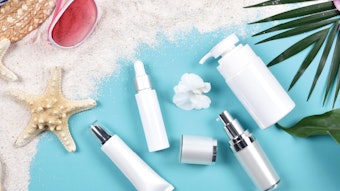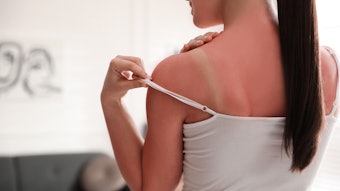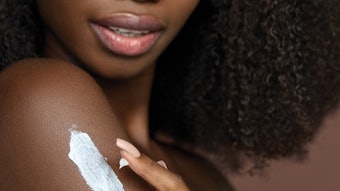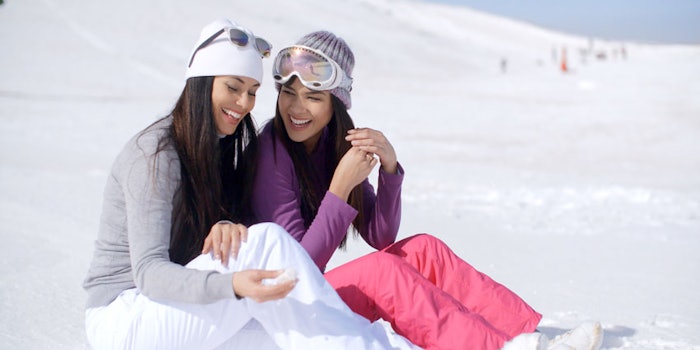
Here in the northeast, there’s snow on the ground and the temperatures have plumetted. Suffice to say, it’s cold. The summer seems like it was years ago and can’t find its way back to us soon enough. That said, we felt it was a pertinent opportunity to talk about protecting your skin during the winter months much in the same way you would during hot summer days. It is a common misconception that the dangers of the sun are nonexistent during the colder months of winter. We get it. We often associate burning from the sun when it’s hot out. It makes sense, but we’re here to set everything straight.
Just because your fully clothed and your body isn’t fully exposed to harmful UV rays, doesn’t mean those UV rays aren’t getting at you. Although UVB radiation decreases in the winter, UVA radiation does not. UVA radiation is responsible for premature aging, so even a few minutes exposed can do marginal damage over time.
These rays are highly reflective, making them extremely dangerous when surrounded by snow, as well as more potent at higher altitudes. This describes why skiers can get such nasty sunburns while on the slopes. Think of the snow and ice as a mirror of sorts. When it’s on the ground, it’s actually easier for UV rays to reflect back up at you when you’re outside. Though cold, burns can still happen–very easily in fact.
So, the precautions are very similar to the proactive means you take to care for your skin during the summer.
1. Use the Appropriate SPF.
Though you won’t be applying sunscreen over a large percentage of your body for maximum coverage as you would at the beach, you still should apply SPF to any exposed areas like the face, hands, necks and lips. The important part of this is that you should be using an SPF of 30 or higher if you want to be protected
2. Dress Properly
Huh? What’s that you say? “Thank you captain obvious!” Well, hey, you know what they say when you assume, right? Dress properly during the winter months. Not only is this imperative for you general health, but the clothes you wear are your skin's first line of defense against damaging rays from the sun. Wear a hat, scarf and warm clothing not only to protect you from the cold, but also to protect your skin from the sun.
3. Boost Internal Protection
Eating healthy foods should be a daily practice and lifestyle, for your general health and, again, from the vantage point of skin care.
Foods which have the ability to further aide and prevent against wintertime skin damage caused by UV radiation include:
- Citrus Fruits,
- Green Tea,
- Carrots,
- Red Peppers,
- Spinach,
- Walnuts and
- Salmon.
4. Avoid Tanning Beds
Look, we know that there’s a solid percentage of people who crave a golden hue when it comes to their skin, but tanning beds are just bad. They kill. Seriously, the UV that tanning beds radiate are just as damaging as the real sun, and studies show that people who use tanning beds before the age of 35 increase their chances of skin cancer by 75%.
Plus, there is always the option of spray tanning. Spray tanning is a healthier option for gaining a golden glow. Here’s the skinny: avoid tanning beds today, tomorrow and every day moving forward.
5. Wear Eye Protection
Sunglasses are relevant year-round. Not only are they necessary to have to prevent a glare from the sun, but they also block 99% to 100% of the sun’s UV rays. There’s a lot more glare in the winter months bouncing around off snow and ice, so don’t pack those specs away when the summer comes to an end.
6. Protect your Lips
Use a lip balm with adequate SPF to protect your lips from UV rays. Not only are chapped lips uncomfortable, but they’re also prone to damage from the sun when cracked or chapped. Keep your lips hydrated and healthy.
By practicing good skin care behavior throughout these winter months. Your skin will thank you for it later down the road.

